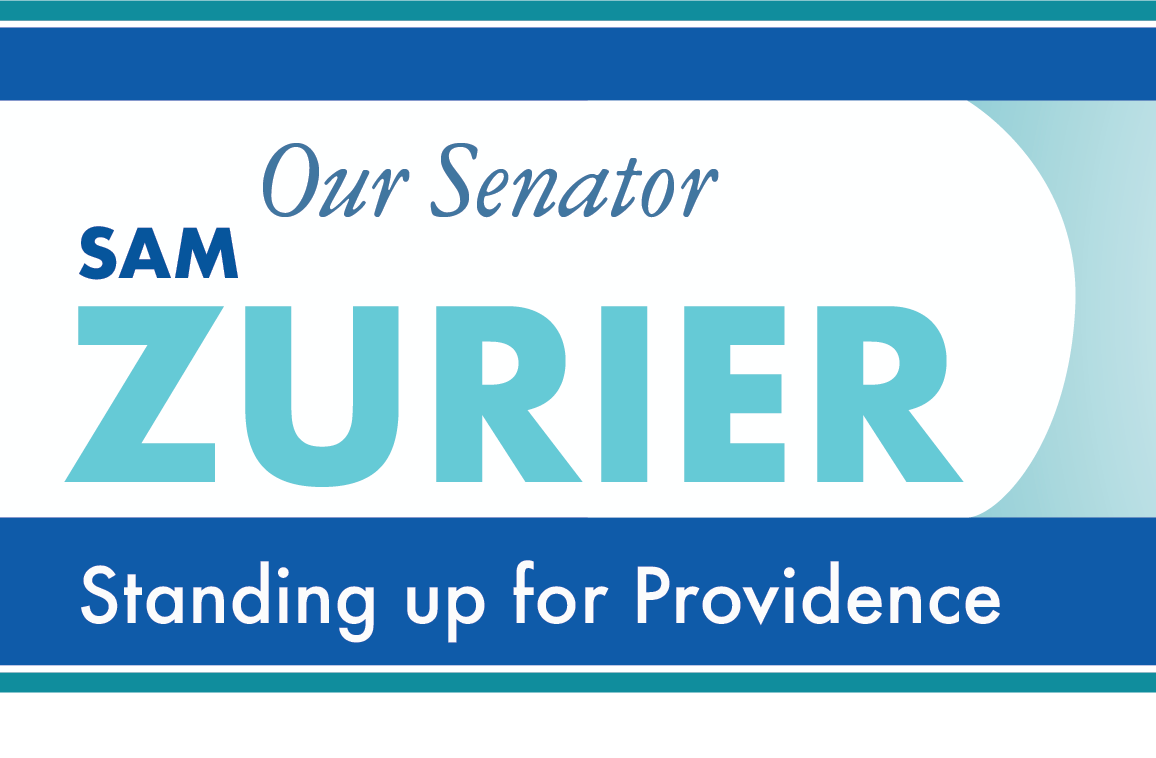I hope you have the opportunity to spend some time outdoors this long weekend as we continue our journey through winter and (hopefully) the tail end of the omicron wave of the pandemic. This week’s letter will discuss my presentation to the Senate Judiciary Committee on ranked choice voting and the funding challenges the State faces amid more than a billion dollars of additional available funds.
This past Tuesday evening, the Senate Judiciary Committee allowed me time to describe the two ranked choice voting bills I submitted. The first would institute the practice beginning in 2024 in primary contests for General Assembly seats. The second would, as an alternative, establish a study commission to report on this and other alternative multi-candidate voting procedures for the Senate’s consideration early next year. To help summarize ranked-choice voting, I prepared a brief slide deck that included a sample ranked choice voting election. The Judiciary Committee asked some smart questions, but this would mark a significant change to our election procedures. They voted to take the bill under advisement for future consideration. I will be interested in learning how the House of Representatives receives ranked choice voting legislation submitted by Representative Kislak.
In meetings this past Tuesday and Thursday nights, the Senate Finance Committee reviewed several of the budget articles proposed by the Governor. As described in my January 30 letter, there are three major budgets for the State to implement this year, namely the “Traditional Budget” (which relies on revenues raised during the next fiscal year) the “ARPA Budget” (which will appropriate $1 billion in federal funds) and the “Surplus Budget” (which will allocate $612 million in State funds received in prior years but not spent). It is important to understand the difference among these budgets. Even with the Surplus Budget available to spend this year, the Traditional Budget is projected to have deficits in future years, as indicated by this chart presented by the Governor’s office. As a result, it would be prudent to use the funds available in the ARPA and Surplus Budgets on one-time expenditures, rather than use them to create commitments to future obligations when there already will be headwinds in efforts to balance those future Traditional Budgets. Thus, even with more than $1.6 billion available in one-time funds, the General Assembly has constrained resources available to deal with ongoing needs, such as the inadequacy of ongoing “safety net” expenditures described in my November 28 letter (for which the State allocated a single year “band-aid” with federal funds).
While the Traditional Budget for next year has the benefit of greater available general revenues than last year, it also is subject to increased commitments, such as an additional $26.9 million increased annual commitment for the motor vehicle excise tax phaseout program, and a minimum of $9.1 million of general revenues to pay for the $3,000 “retention incentive” that came from the Governor’s mishandled “vaccination bonus” program described in my December 12, 2021 letter. In order to release operating funds to pay for needed initiatives from existing revenues, it therefore becomes necessary to find either (1) programs that can be cut, or (2) 1-time expenditures that can be moved from the Traditional Budget into either the ARPA Budget or the Surplus Budget. One such expenditure I have identified is $5.3 million in the Traditional Budget allocated towards a 1-time expense to upgrade the State’s programs to serve Rhode Islanders with developmental disabilities as required by a consent decree issued by the federal court. This expense cannot be paid for from the ARPA Budget due to Congressional restrictions, but it can be satisfied with funds from the Surplus Budget, if the General Assembly agrees to this transfer.
While the choice of funding source for the $5.3 million portion of the consent decree is far from the most important budget decision the General Assembly will make in the coming months, this example demonstrates how the presence of more than $1.6 billion of additional funds to allocate this year from the ARPA Budget and Surplus Budget does not necessarily translate into an ability to develop or expand programs that would create an ongoing financial commitment in the Traditional Budget.
